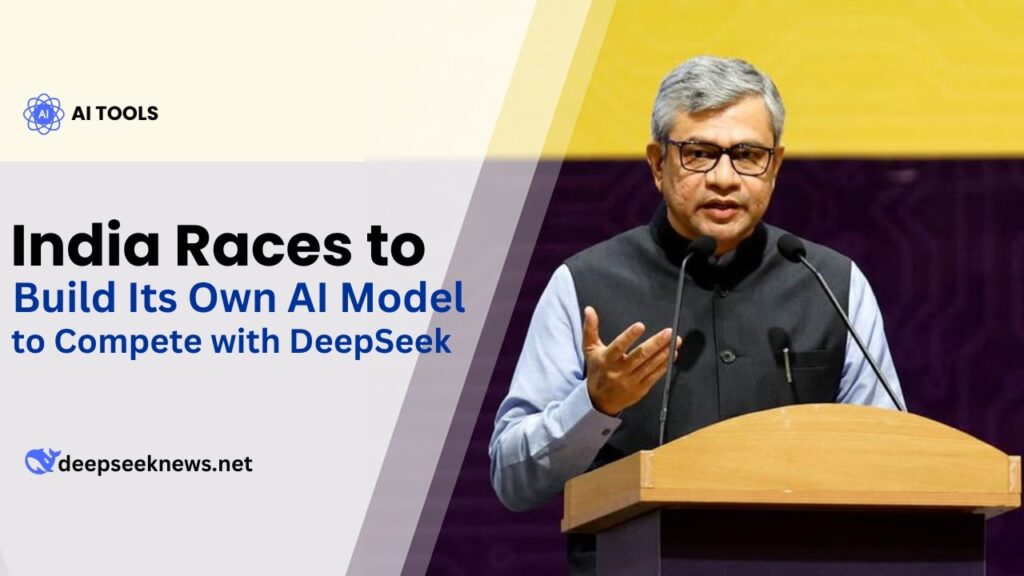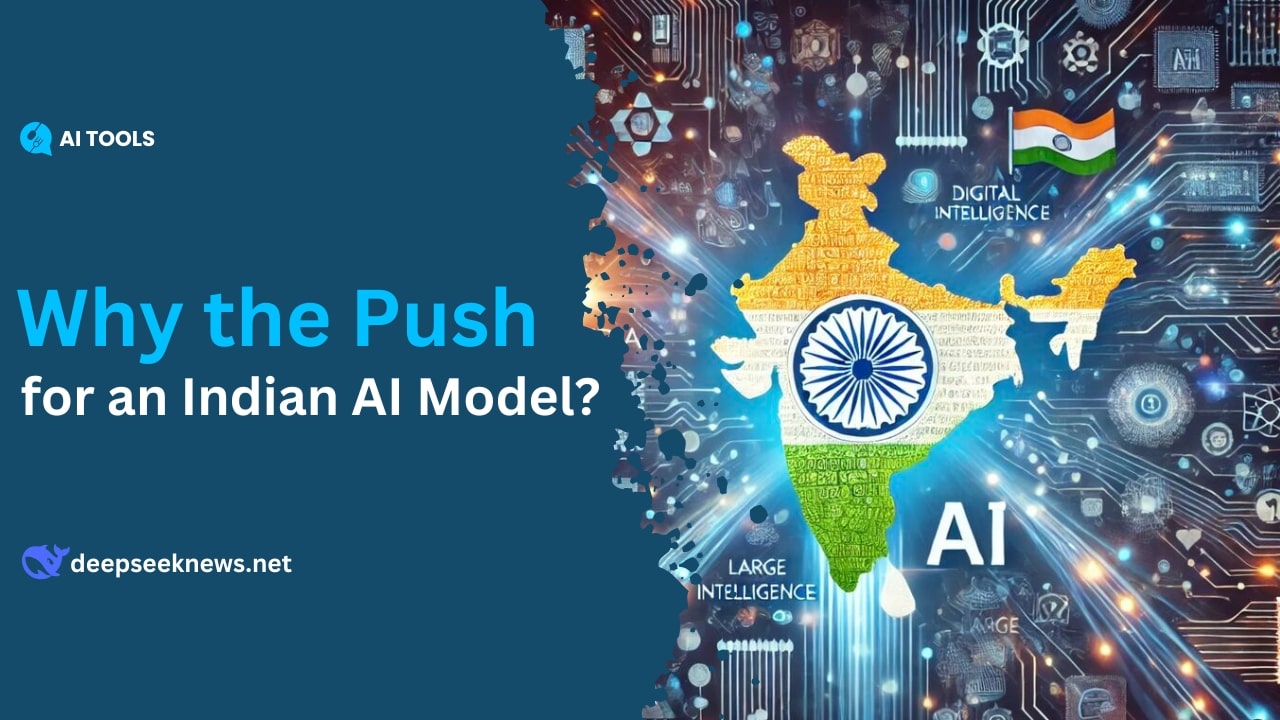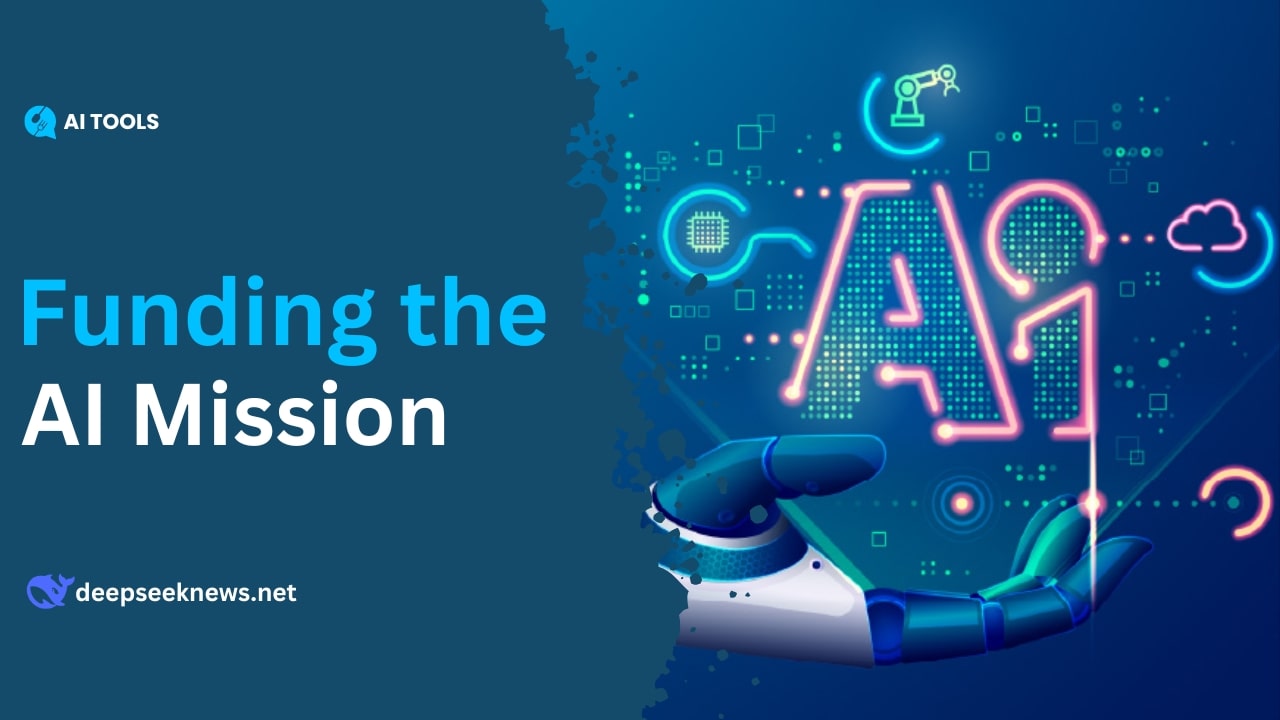India is stepping up its efforts to develop a homegrown artificial intelligence AI model. The government has received 67 proposals, including 20 large language models (LLMs), as part of its ambitious India AI Mission launched in March 2024. This move is seen as a direct response to China’s Rising Soft Power: DeepSeek and Ne Zha 2 Lead the Way, highlighting how China’s low-cost, open-source AI model has shaken up the global AI industry.
What’s Happening?
The Union Ministry of Electronics and IT is forming a high-level technical committee to evaluate the proposals. This committee, which includes external experts, will assess the feasibility of the projects within a month. The government called for proposals in January, and big names like Sarvam AI, CoRover.ai, and Ola have submitted their ideas.
Why the Push for an Indian AI Model?
The rise of DeepSeek: A Window into Chinese Censorship and Information Control has sparked concerns in India. The Chinese AI model is not only accurate and open-source but also built at a fraction of the cost of its U.S. competitors. This has reignited discussions about stricter export controls and the need for India to develop its own AI capabilities.
Electronics and IT Minister Ashwini Vaishnav has expressed confidence that India can produce a world-class AI model within 9 to 10 months. The government is open to funding multiple models based on their scalability and viability. The intellectual property rights will remain with the developers, but the government will have a perpetual public use license.
Funding the AI Mission
The government plans a two-pronged approach to funding:
- Initial Financial Support: Direct funding for model development, with milestone-based disbursements.
- Equity-Based Funding: Additional support through equity investments.
To support this initiative, the government has selected 10 companies to supply over 18,000 graphic processing units (GPUs). These GPUs are essential for developing advanced AI models.
The Bigger Picture
India’s push for a domestic AI model is part of a broader strategy to compete globally in technology. With DeepSeek and Unitree Robotics: China’s Tech Innovators Shine setting new standards for cost and efficiency, India is determined not to fall behind in the AI race. The India AI Mission aims to position the country as a leader in AI innovation.
Conclusion
India’s ambitious plan to build its own AI foundational model is a direct response to the success of China’s DeepSeek. By investing in homegrown AI technology, India hopes to compete on the global stage and reduce its reliance on foreign models. With government support and a clear roadmap, the future of AI in India looks promising. Stay tuned as the country takes its next big step in the AI revolution.






